Ocimum gratissimum, or scent leaf, is a herbaceous plant of the family of Lamiaceae. It has a perennial lifespan and grows up to two meters or more above the ground.
Ocimum gratissimum (the botanical name for scent leaf) is known for its peculiar, strong, aromatic taste. Hence, it also bears the name Scent leaf. Scent leaf is a spicy seasoning vegetable that is grown both in the home and on the farm.
It is also known as African cloves, basil cloves, and wild cloves in Hawaii.
The scent leaf is widely grown and found in Africa, Mexico, Hawaii, Madagascar, Brazil, West Indies, Southern Asia, the Bismarck Archipelago, Bolivia, Polynesia, and Panama.
In Nigeria, different people have peculiar names for scent leaves such as Efirin in Yoruba, Daidoya in Hausa, Nchuanwu also Arimu in Igbo, Añyeba in Igala, Ntong in Ibibio, Efik, Ebe-amwonkho in Edo, Tamwṍtswã́gi in Nupe.
Main Uses of Scent Leaf
Scent leaf is one of the herbs that serve multiple purposes. It is used either as a vegetable or seasoning in varieties of delicacies such as Ofe Akwu (Palm kernel stew), jollof rice, pepper soup, nkwobi, Jollof beans, yam porridge, plantain porridge, Egusi soup, and Ogbono soup by Benin people.
It is used as an insect-repellant. The leaf contains larvicidal compounds such as camphor, cineole, and limonene and can be used to ward off insects such as mosquitoes, houseflies, etc from the homes.
Excruciating menstrual cramps can be relieved by taking a hot extract from the leaf.
The scent leaf contains oil that has a preservative property. This is why foods cooked with scent leaves stay long before it gets sour.
The oil obtained from scent leaf can refresh and relax the body, and so, scent leaf is used in making aromatics like soaps, ointments, perfumes, and essential oils used for aromatherapy massage.
Phytochemical constituent of Scent Leaf
Photochemical screening of the leaf shows that it contains alkaloids, glycosides, phenols, flavonoids, terpenoids, saponins, steroids, and tannins. The immune-boosting, anti-inflammatory, and antibacterial properties of the leaf could be attributed to the saponins present.
Nutritional Benefits of scent leaves
Besides the aromatic taste, scent leaves have many nutritional benefits. That is why it is also employed either as a vegetable or seasoning in varieties of delicacies.
It is rich in macronutrients that are essential to the body, such as iron, phosphorus, magnesium, potassium, calcium, and vitamin A.
Health Benefits of scent leaves
Scent leaf also serves numerous medicinal purposes as listed below.
However, nutritional benefits are not all there are to the benefits of scent leaves. Scent leaf has numerous medicinal benefits that are derived from its essential oil.
This is why it is advisable to pluck the leaf in the morning when the sun has yet to rise to prevent the oil, which is highly volatile, from escaping into the atmosphere.
Antioxidant: Scent leaf also possess antioxidant property due to the flavonoids. This can help curb degenerative diseases, and heart conditions.
Antimicrobial: It contains oil that has antimicrobial properties that fight against a plethora of microorganisms such as fungi, bacteria, protozoa, etc.
Digestive conditions: Scent leaves help to relieve stomach aches, hemorrhoids, vomiting, dysentery, and diarrhea. Are you suffering from a bloated stomach? A cup of scent leaf and bitter leaf extract (when mashed) can give you the relief you want. Generally, it facilitates and enhances food digestion.
Cold: Pepper soup made with enough quantity of scent leaves also helps to fight against cold and catarrh.
Reduces sugar levels: Scent leaf is effective in lowering the sugar level in the blood and is highly recommended for diabetic patients. It does this by protecting the islets of the pancreas that produce insulin from damage.
Boost lactation: Are you a nursing mother, but your breast milk production is low? Scent leaves possess properties that help in lactation (production of breast milk).
Dental health: Scent leaf fights bacteria in the mouth and relieves one of bad breath. It also prevents and fights against tooth decay. It is also effective against sore throat. These explain why some people use the stem as a chewing stick.
Lowers cholesterol levels: Are you diagnosed with bad cholesterol levels? The magnesium and calcium in scent leaves reduce that and help to improve the heart by enhancing the circulation of blood. Any adult diagnosed with bad cholesterol, also known as low-density lipoprotein cholesterol, is at a high risk of coronary artery disease.
Cardiac diseases resulting from the clogging of the arteries are almost avoidable by adequate consumption of scent leaves.
Improve sight and vision: As a result of the vitamin A content in scent leaf, it helps fight against xerophthalmia. Xerophthalmia is an abnormal dryness of the conjunctiva and cornea of the eye, with inflammation and ridge formation, typically associated with vitamin A deficiency.
This medical condition results in the eyes not being able to produce tears. So, scent leaf improves and maintain good sight and vision.
Skin infection and wound treatment: The oil contains bioactive molecules such as limonene, thymol, methyl chavicol, β-pinene, linalool, and α-terpineol that could easily permeate into the inner skin, and combat skin infections (fungal diseases) such as ringworm, acne, pimples, boils, etc and even in treating wounds.
This is achieved by smearing a mashed form of the scent leaf on the affected area of the skin. Little wonder the skincare company incorporates it in their product.
Fertility: Scent leaf is also used to boost and cure fertility issues. It ensures the optimal health of both the male and female reproductive systems. Compounds such as epigenin, fenkhona, and the eugenol that aid in penile erection are present in scent leaves. Eugenol compound is biocidal to the fungus that causes the vaginal discharge.
The scent leaf contains arginine, an essential amino acid that ensures sperm vitality and the overall health of the penis. In the female reproductive system, boron and anetol in scent leaf aid in the secretion of estrogen (female reproductive hormone).
Aids smokers: Scent leaf also can repair damage caused by nicotine in smokers.
Preparation of Scent Leaf Tea or Extract
Scent leaf can be consumed in any form; eaten raw, cooked (with or without food), or by taking the extract.
Here are simple and easy ways to prepare scent leaf tea or extract.
- Gather the leaves (You should do this in the morning before the sun rises for the reason given above).
- Wash thoroughly many times with clean water and salt (to eliminate dirt and microorganisms).
- Cook for a few minutes with adequate water to extract the tea.
- Bring it down and enjoy it while it’s warm.
If you do not want to cook it, then blend or squeeze with your hand to extract the tea after thorough washing. Then, sieve with a mesh and enjoy. Do not forget you can still eat or chew the vegetable raw.

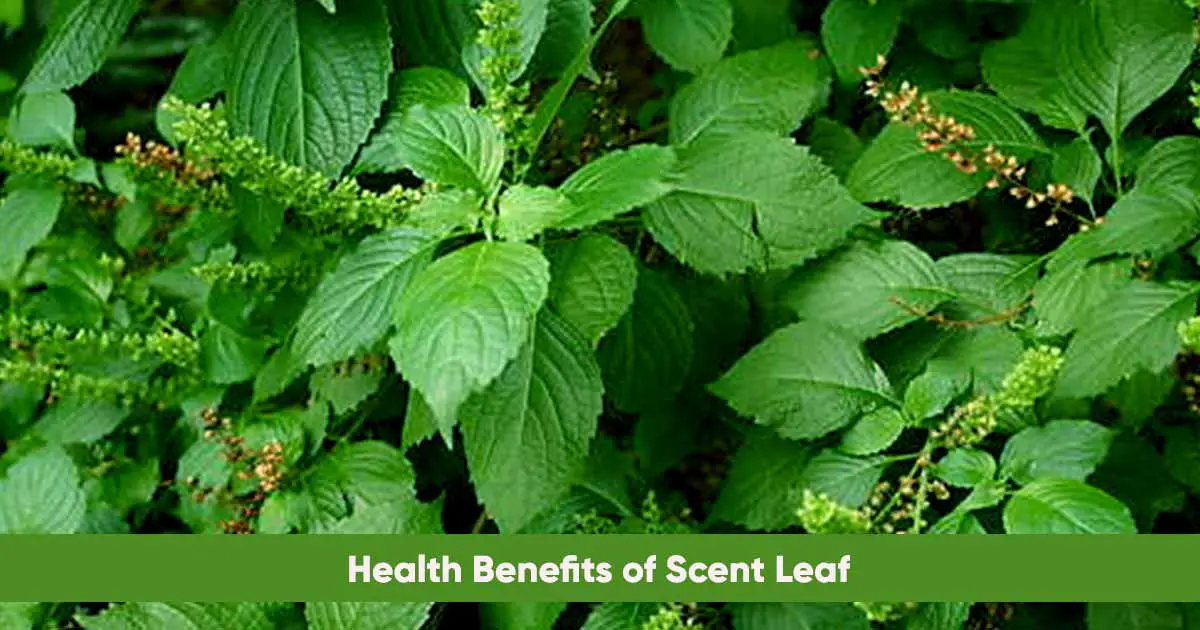


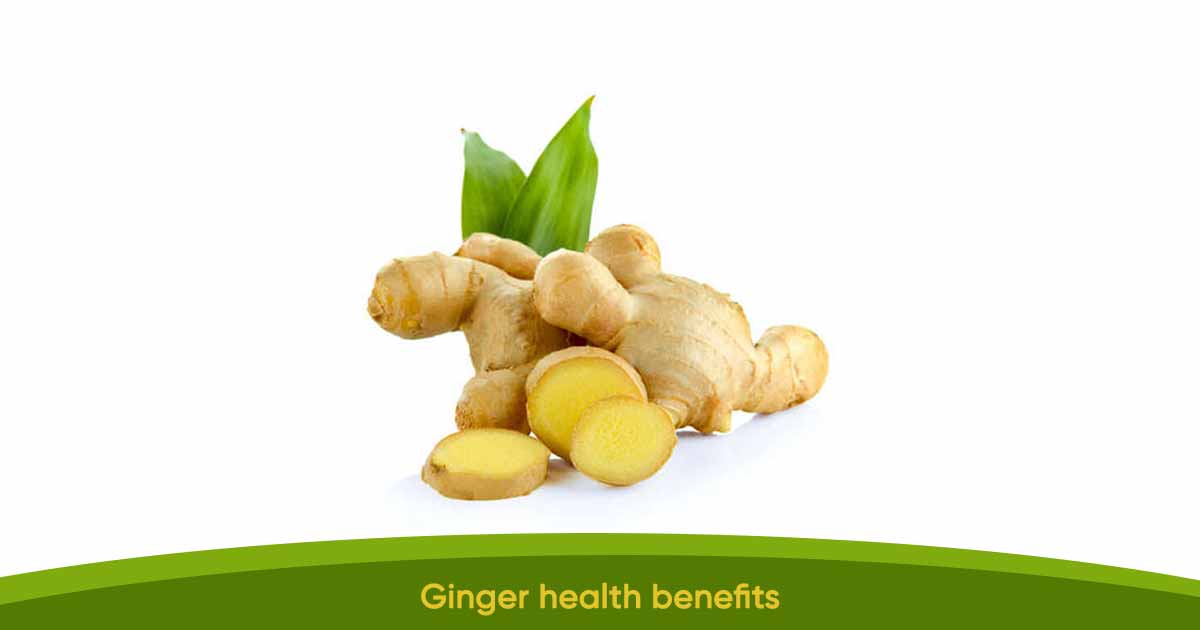

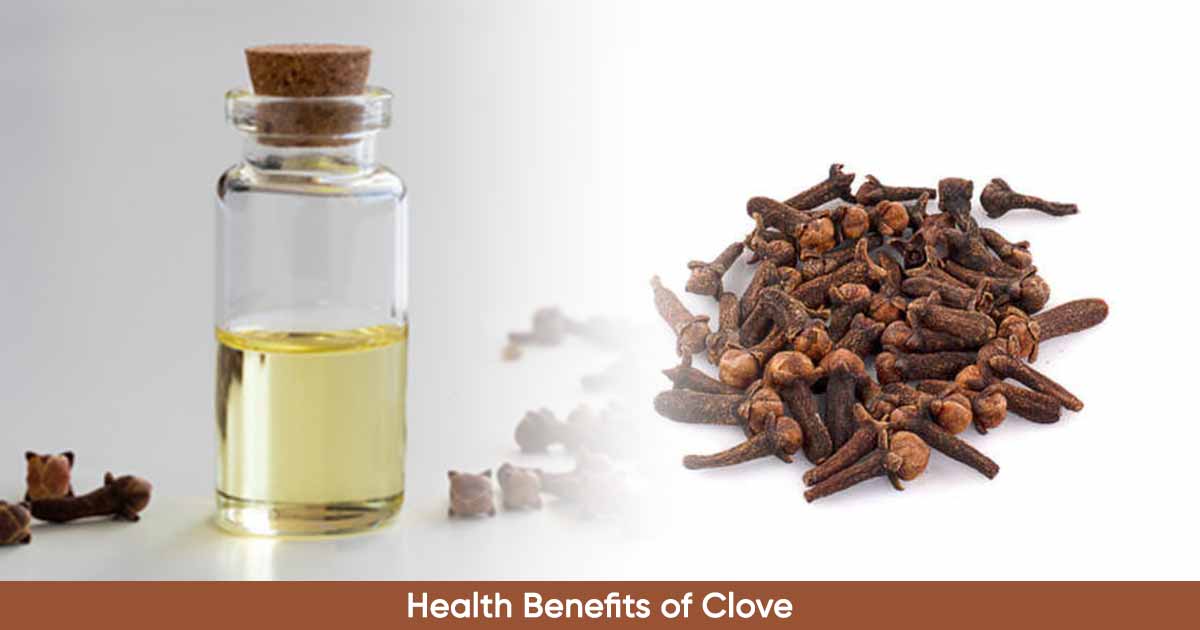
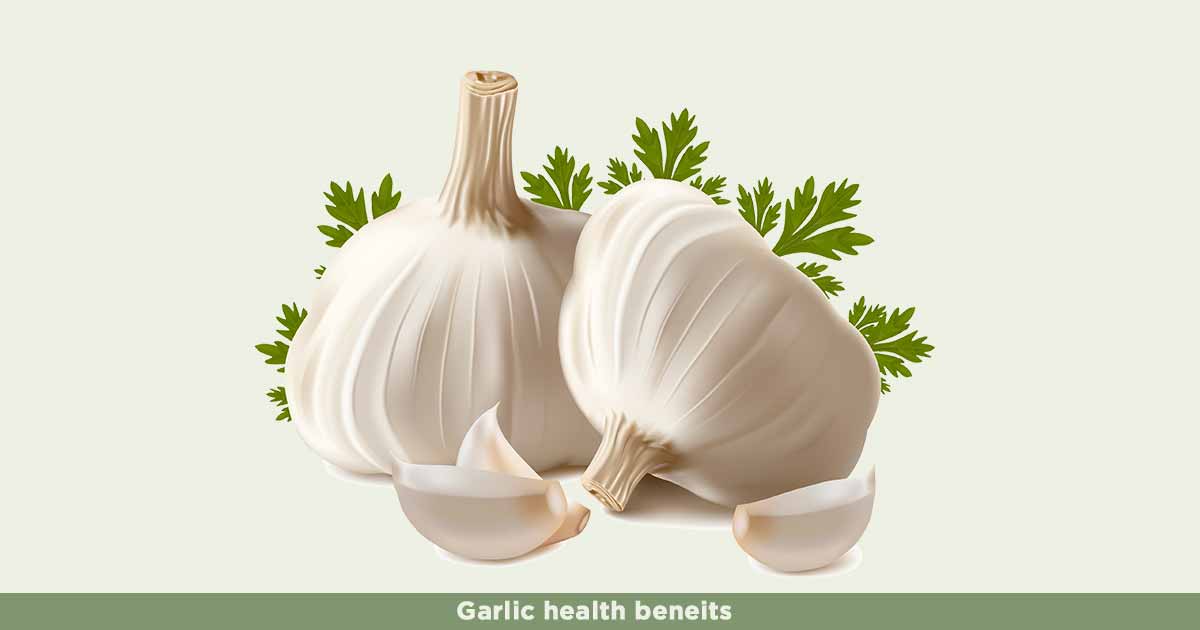



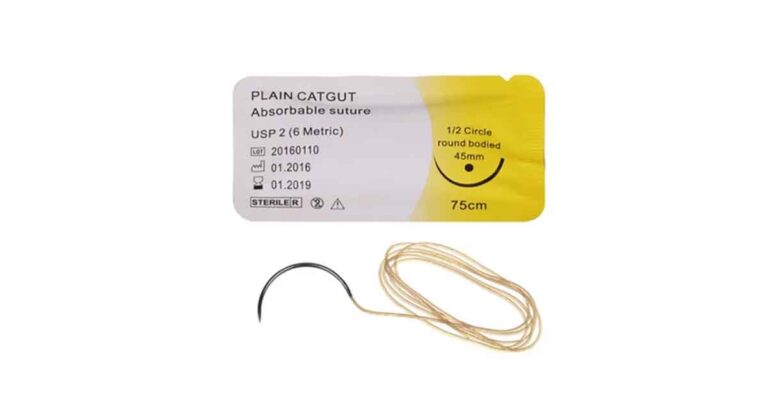

Can scent leaf cleanse kidneys and liver?